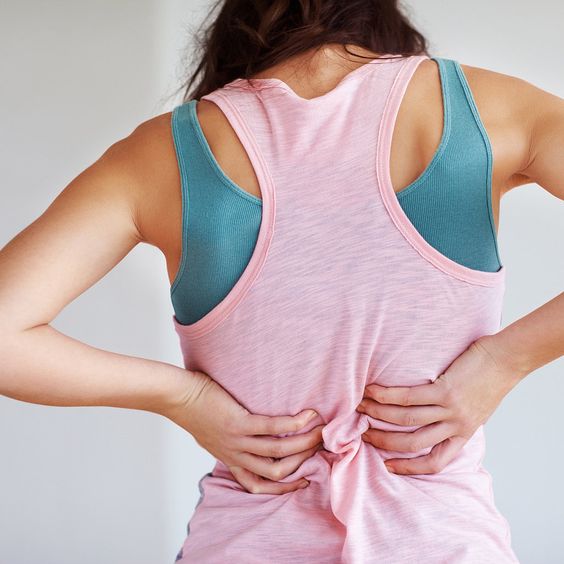Introduction
Bursitis is a painful condition that affects the small, fluid-filled sacs called bursae. These sacs act as cushions between bones, tendons, and muscles near your joints, reducing friction and allowing for smooth movement. When a bursa becomes inflamed, it causes pain, stiffness, and swelling in the affected area.

Bursitis can occur in any joint, but it most commonly affects the shoulders, elbows, hips, knees, and heels. It is often caused by repetitive motions or overuse, but it can also be triggered by injury, infection, or underlying medical conditions like arthritis.
Types of Bursitis
There are many types of bursitis, categorized by the location of the affected bursa. Some common types include:
- Shoulder bursitis: Inflammation of the subacromial bursa, located under the shoulder blade.
- Elbow bursitis: Inflammation of the olecranon bursa, situated at the tip of the elbow.
- Hip bursitis: Inflammation of the trochanteric bursa, found on the outer side of the hip.
- Knee bursitis: Inflammation of the prepatellar bursa, located on the front of the kneecap, or the anserine bursa, situated on the inner side of the knee.
- Heel bursitis: Inflammation of the retrocalcaneal bursa, located at the back of the heel.
Treatment for Bursitis
The treatment for bursitis focuses on reducing pain and inflammation, allowing the bursa to heal. Conservative treatment options usually suffice and include:
- Rest: Avoiding activities that aggravate the affected joint is crucial.
- Ice: Applying ice packs to the area for 15-20 minutes at a time, several times a day, helps reduce swelling.
- Compression: Wrapping the area with a bandage can help limit swelling.
- Elevation: Keeping the affected joint elevated can also help minimize swelling.
- Medications: Over-the-counter pain relievers like ibuprofen or naproxen can alleviate pain and inflammation. Your doctor may prescribe stronger medications, like corticosteroids, if needed.
- Physical therapy: Specific exercises can improve flexibility, strength, and range of motion in the affected joint.
Prevention of Bursitis
While not all cases of bursitis are preventable, certain measures can lower your risk:
- Warm up before exercising: Prepare your muscles and joints for activity with proper stretching.
- Use proper form: Ensure correct posture and technique during physical activities.
- Avoid overuse: Refrain from repetitive motions for prolonged periods.
- Take breaks: Rest periodically during activities to give your joints a break.
- Maintain a healthy weight: Excess weight puts added stress on your joints.
If you experience persistent pain, swelling, or stiffness in your joints, consult your doctor for proper diagnosis and treatment.

.jpg)